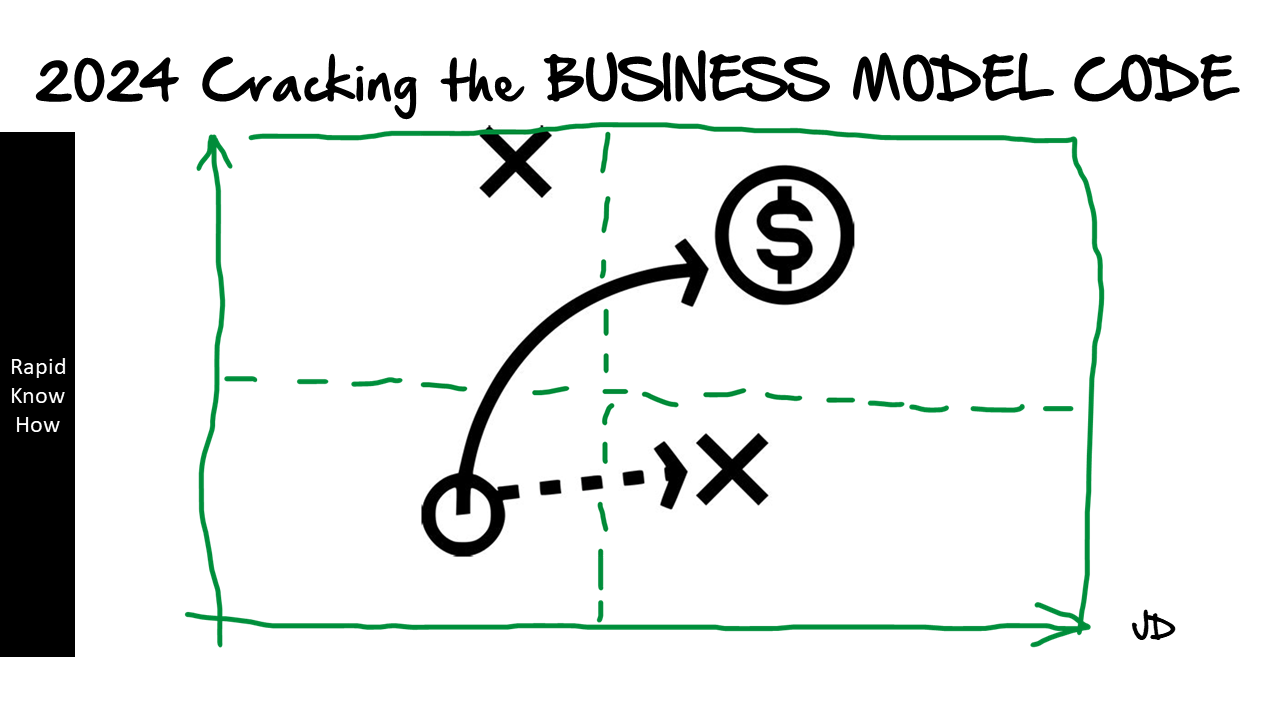Cracking the Business Modelling Code: Understanding the Business Modelling from Bill Gates, Jeff Bezos, Steve Jobs
The business world is a complex and dynamic environment that requires a deep understanding of various aspects to succeed. One of these aspects is business modelling, a critical tool that helps entrepreneurs design and implement their business strategies effectively. The business models of successful entrepreneurs like Bill Gates, Jeff Bezos, and Steve Jobs provide valuable lessons for aspiring entrepreneurs.
**3 Lessons Business Entrepreneurs can learn from Bill Gates, Jeff Bezos, Steve Jobs**
1. **Bill Gates: Embrace Innovation and Adaptability**
Microsoft’s success under Bill Gates’ leadership can be attributed to his innovative approach and adaptability. Gates understood that the technology industry was rapidly evolving and that Microsoft needed to stay ahead of the curve to remain competitive. He continuously sought ways to improve Microsoft’s products and services, leading to the development of revolutionary software like Windows and Office Suite. This lesson teaches us that a successful business model should be flexible enough to accommodate changes in market trends and customer preferences.
2. **Jeff Bezos: Customer-Centric Approach**
Amazon’s business model under Jeff Bezos is centered on customer satisfaction. Bezos believes that by focusing on what customers want and need, a company can achieve long-term success. This customer-centric approach has led Amazon to diversify its offerings beyond books to include products like electronics, clothing, and even groceries. The lesson here is that a successful business model should prioritize customer satisfaction above all else.
3. **Steve Jobs: Focus on Quality and Simplicity**
Apple’s success under Steve Jobs’ leadership can be attributed to his focus on quality and simplicity. Jobs believed that products should not only be functional but also aesthetically pleasing and easy to use. This philosophy led to the creation of iconic products like the iPhone and iPad, which revolutionized the technology industry. The lesson here is that a successful business model should strive to deliver high-quality products or services that meet and exceed customer expectations.
**Crafting Your Own Business Model**
Understanding the business models of successful entrepreneurs is just the first step. The next step is to craft your own business model that aligns with your unique vision and goals. Here are some steps to get you started:
1. **Identify Your Value Proposition:** What unique value does your product or service offer to customers? This should be the core of your business model.
2. **Define Your Target Market:** Who are your potential customers? Understanding their needs and preferences will help you tailor your offerings accordingly.
3. **Determine Your Key Resources:** What resources do you need to deliver your value proposition? These could include physical assets, intellectual property, or human resources.
4. **Establish Your Revenue Streams:** How will your business generate income? This could be through sales, subscriptions, or other revenue models.
**Get Started to Convert Your Business Model into Business in 2024**
With a well-crafted business model in place, the next step is to implement it and turn it into a thriving business. This involves developing a detailed action plan, securing necessary resources, building a competent team, and continuously monitoring and adjusting your strategies as needed.
**Conclusion and Recommendation**
In conclusion, cracking the business modelling code requires understanding the strategies of successful entrepreneurs like Bill Gates, Jeff Bezos, and Steve Jobs. However, it’s important to remember that there’s no one-size-fits-all approach to business modelling. Each entrepreneur must craft their own unique model based on their vision, goals, and market realities.
As an aspiring entrepreneur, I recommend studying various business models and learning from successful entrepreneurs. But most importantly, be prepared to adapt and evolve your model as you navigate the dynamic business landscape. Remember that a successful business model is not set in stone but is a living document that should reflect the changing needs of your customers and the market.
